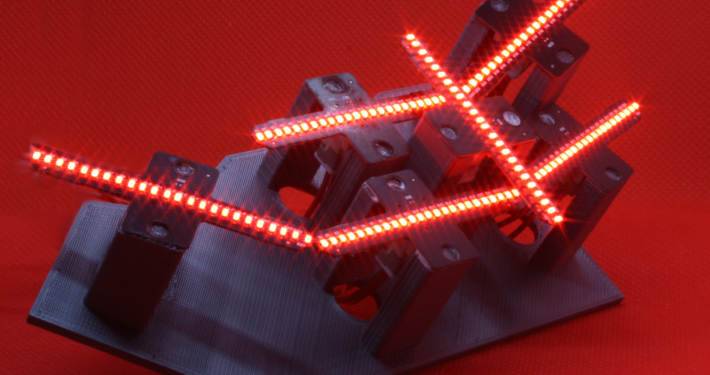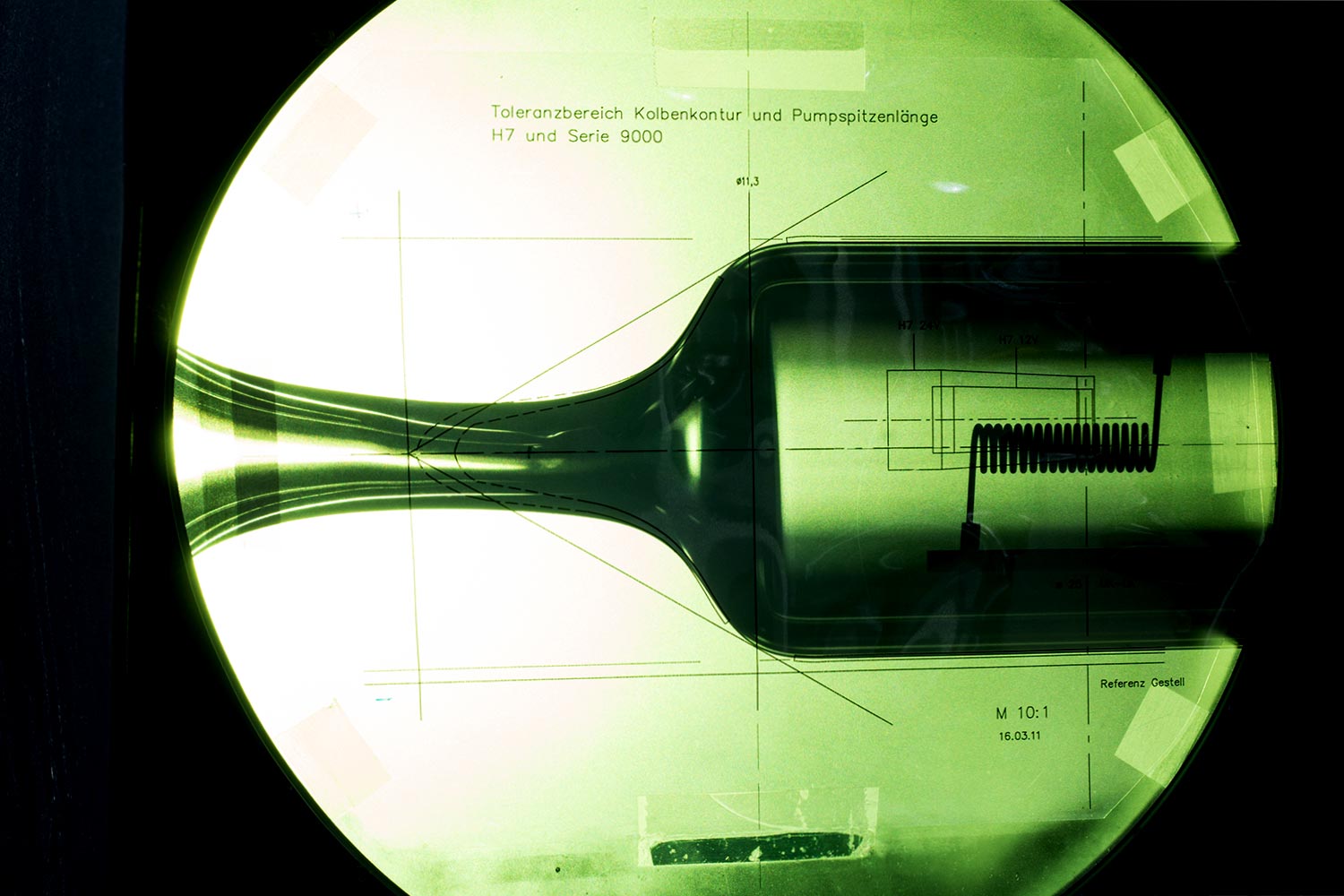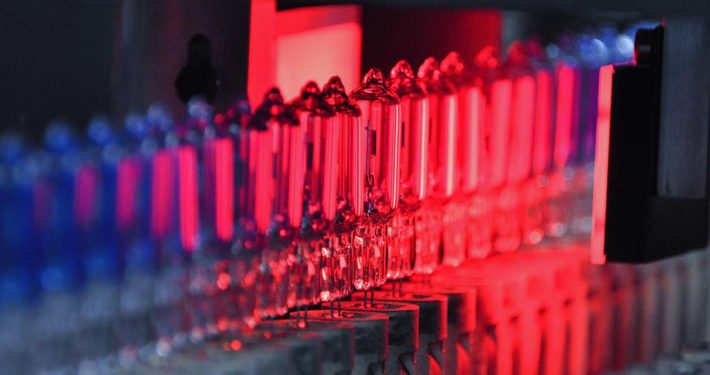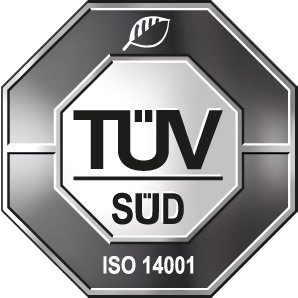 https://www.vosla.com/wp-content/uploads/IMG_5157-bearb-scaled.jpg 1862 2560 Olaf Klein https://www.vosla.com/wp-content/uploads/2018/04/Logo-Vosla-2.svg Olaf Klein2021-02-04 11:54:262021-02-08 08:39:45New vosla LED product
https://www.vosla.com/wp-content/uploads/IMG_5157-bearb-scaled.jpg 1862 2560 Olaf Klein https://www.vosla.com/wp-content/uploads/2018/04/Logo-Vosla-2.svg Olaf Klein2021-02-04 11:54:262021-02-08 08:39:45New vosla LED productEven the layman can imagine that there are quality differences in lamps. But how do they express themselves? How do you recognize them? And more importantly, how can we prevent such defects during production? vosla has successfully formulated a radical answer for itself: check, optimize, document and certify – again and again.
It almost sounds like a joke, but it is reality: What does a TÜV representative do when he has to measure the performance of special lamps for the Federal Motor Transport Authority for tests? He goes to vosla! The lamp manufacturer in Plauen is one of the few in the world to have its own lighting testing laboratory. All devices in it are calibrated and calibrated. This laboratory also gains particular importance in that every test facility and equipment is checked and certified accordingly every year. From whom? Well, the TÜV of course!
vosla produces top quality lamps for industries with the highest demands. The applications range from automotive and truck lighting to airfield lighting and lighting equipment for medical specialty equipment. For testing purposes, even other lamp manufacturers and automotive suppliers use the laboratory facilities here in Plauen: “If, for example, a newly developed luminaire from another manufacturer goes into series production, then it can also be put through its paces at vosla,” explains Jana Frenzel, Head of Quality Assurance and thus also responsible for all measuring equipment. “For every new luminaire in the automotive sector, for example, a technical report with certified measurements must be submitted to the Federal Motor Transport Authority. We deliver the values achieved by us in the laboratory. Only when the Federal Motor Transport Authority has checked and released everything on the basis of these documented values does series production begin. ”
For each own production vosla initiates a specific product audit. Every measurement is completely documented. Millions of measurements are stored in the archive. In the automotive industry, the retention period for the corresponding values is based on the manufacturer’s specifications. And generally, even after the end of the production of a particular lamp – ie the expiration of its life cycle – Vosla will archive all relevant data for more than 15 years.
By the way, how long individual lamp types are made is completely different. “I started here 18 years ago,” recalls physicist Frenzel. “Even then it was said that the H4 would probably not be produced for much longer. But it is still being built today. “Quality is quality. And of course the buyer of a car would like to get suitable replacement parts for many years.
All products manufactured for the automotive sector comply with the minimum requirements of the ECE-R 37 or DOT standard for the American market. In it u. a. Power (in watts), amount of light and socket shape regulated.
bright does not automatically mean long-lasting
And how long does the single lamp last? “The lifetime of lamps is very different and not stipulated in the relevant standards,” explains Frenzel. There are lamps that only last 100 hours, others 4000 and more. ”
It is not presumptuous to say that vosla is more accurate
It is always about the question of what the customer wants to achieve with the specific lamp. When tuning vehicles, shoppers increasingly turn to high-end products, for example, with blue light color. The corresponding blue coating absorbs light. And since the lamp has to produce more light accordingly, the luminaire consumes faster. Purely physically conditioned, therefore, this high-end product has a comparatively shorter service life! “Of course, we always try to outdo our competitors,” grins Frenzel. And here again comes the production quality into play: Only optimal production conditions and a large number of individual tests ensure that even the car tuner with high-end lamps has its bright pleasure for a long time! Incidentally, he should wear gloves when installing: Grease stains on the glass body shorten the service life.
The effort and the costs for the measuring equipment at vosla are high – among other things because of the indispensable calibrations: With a photometry device vosla determines, for example, luminous flux and power of lamps. Every day at the start of work, a calibration measurement is carried out here. Only it prevents errors when measuring the luminous flux. Not infrequently, customers checking their lights at vosla are amazed that their results so far have been unrealistic. Of course TÜV also checks and certifies photometry at vosla every year.
In lockstep: production and analysis
As head of quality assurance, Frenzel u. a. also the quality of the delivery, the products on delivery as well as the complaint management.
The vosla site measures about four football fields – and in terms of quality control, the whole thing has something of a high-security wing. With the supplier selection and material delivery it starts: There are highest performance requirements and descriptions regarding all starting materials like u. a. Soft glass, quartz glass, toughened glass, tungsten and molybdenum, followed by sometimes meticulous input controls.
Tungsten, for example, must have the correct, exact diameter, be clean and tensile and have no grooves. The team produces an incredible 32,000 lamps per shift. Each resulting lamp passes during its production a course of barely countable controls. In the context of prefabrication, this concerns the production of specific – and secret – gas mixtures of halogen and rare gas for the later filling of the lamps in the different production lines. “Even this mixture is immensely important for product quality,” emphasizes Frenzel.
Even if primitive forces prevail – it is no excuse for an inaccurate measurement
The same applies to the also internal spiral or filament winding and – production. Imaging systems check the tiny coils with relentless precision: even the tiniest deviation – far beyond the norms to be complied with – leads to immediate automated sorting.
This is followed by application to a molybdenum frame, over which the glass body is slipped in the next step. The glass is then heated at the bottom and the wire rack squeezed into the glass. Here, too, detectors and measuring monitors that mercilessly track down every little mistake with microscopically enlarged detail images. Despite piston forming, gas filling and capillary formation, despite the enormous production speed, despite the hissing and chattering, extremely high, then again frosty temperatures: Instead of just random checks, at Vosla every single lamp in every single production step is analyzed and tested in detail.
scrap – what is scrap?
All this serves the purpose of delivering lamps that also meet the highest customer requirements confidently. Because only then – combined with low prices – can large customers win in the lamp business today. However, this can only succeed if the entire team of a total of 215 vosla employees pull together in production – including checking, optimizing, documenting and certifying.
Matrix Reloaded is now in the automotive industry
vosla now offers its customers a matrix code on every automotive lamp as a marking. This code contains all important manufacturing data and can be read by smartphone. Should it once come to complaints, so can understand the causes exactly.
The cost of quality testing is undoubtedly high, but what matters is the result. That’s why Jana Frenzel receives special attention once a month in Vosla’s 20-strong management team. Because then she announces the current “PPM number” for the last month. This shows how many defective lamps were returned to the Vosla production of one million lamps by the customer. Last time it was: two! A number that many other manufacturers dare not even dream of. “But the journey is the goal,” explains Frenzel. “And our goal is of course PPM zero!”









